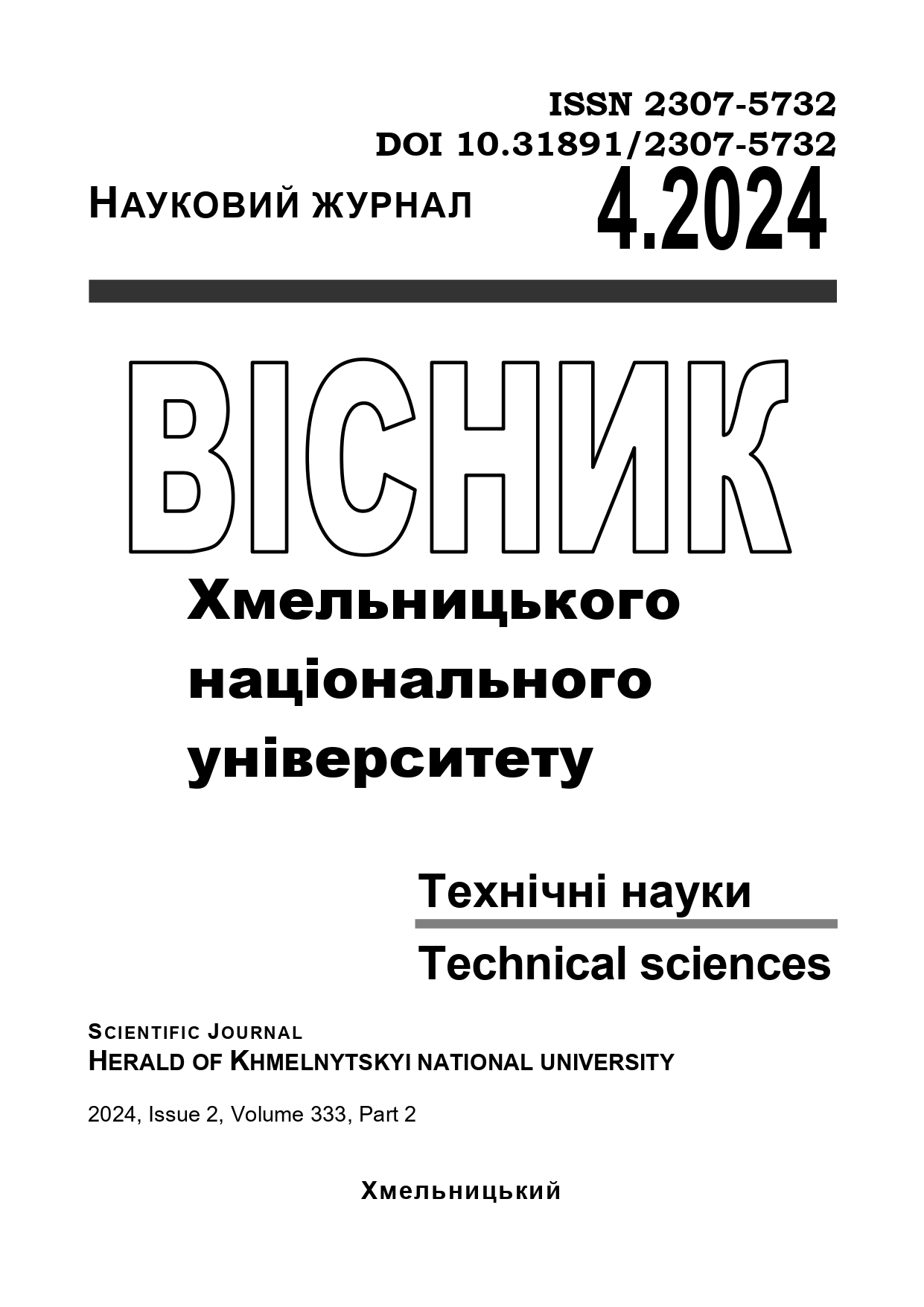SYSTEM ANALYSIS OF TECHNOLOGICAL MEANS OF TRAFFIC CONTROL
DOI:
https://doi.org/10.31891/2307-5732-2024-339-4-30Keywords:
traffic control, video image , number plate recognitionAbstract
The article provides an overview of traffic control, showing the evolution from manual control to modern automated systems that use advanced data analysis and processing technologies. The initial methods, such as road signs and manual regulation, have been supplemented and replaced over time by automated systems such as traffic lights and surveillance cameras, providing more efficient and safer traffic management. The introduction of computer technologies and video surveillance systems capable of recognizing license plates and analyzing the behavior of vehicles has opened up new opportunities for collecting and analyzing large volumes of data. This made it possible not only to detect violations of traffic rules, but also to optimize traffic and plan infrastructure projects. Modern research in the field of traffic control uses a variety of methods, each of which has its own advantages and disadvantages. Methods based on color characteristics and textural properties allow accurate identification of vehicles even in difficult conditions, but their effectiveness may decrease in low light or high level of external interference. Technologies that analyze geometric parameters or use machine learning algorithms demonstrate high accuracy, but require significant computing resources. Further research will focus on a deeper analysis of specific issues of car traffic and public transport, development of new traffic optimization algorithms and increasing the efficiency of road infrastructure use. In view of the constant development of technologies and growing requirements for environmental friendliness and safety of transport systems, the relevance of such research is only increasing.

